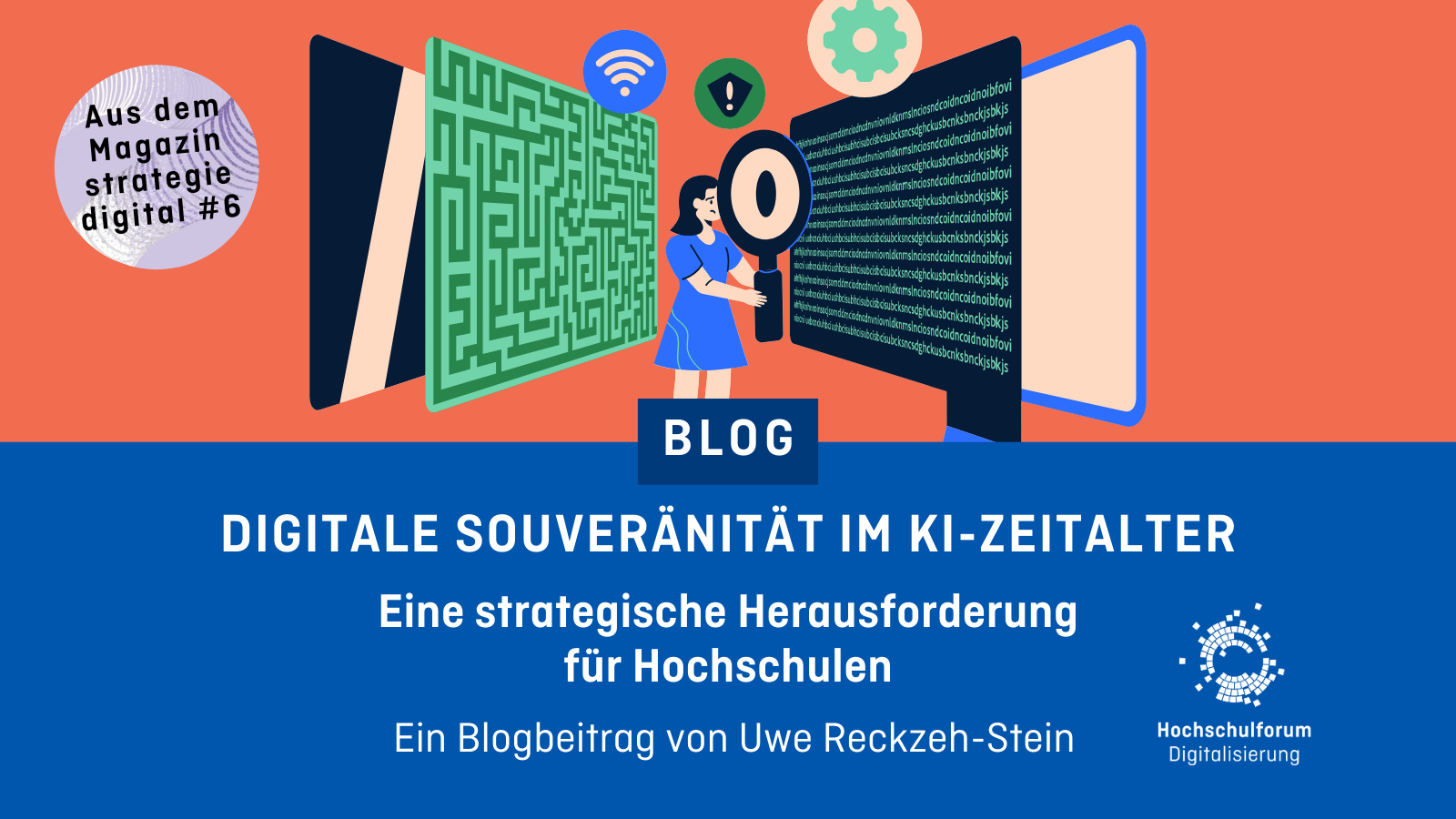From a Handshake to UniDig: Sweden’s Journey Towards a Shared Digital Infrastructure Collaboration
From a Handshake to UniDig: Sweden’s Journey Towards a Shared Digital Infrastructure Collaboration
01.10.25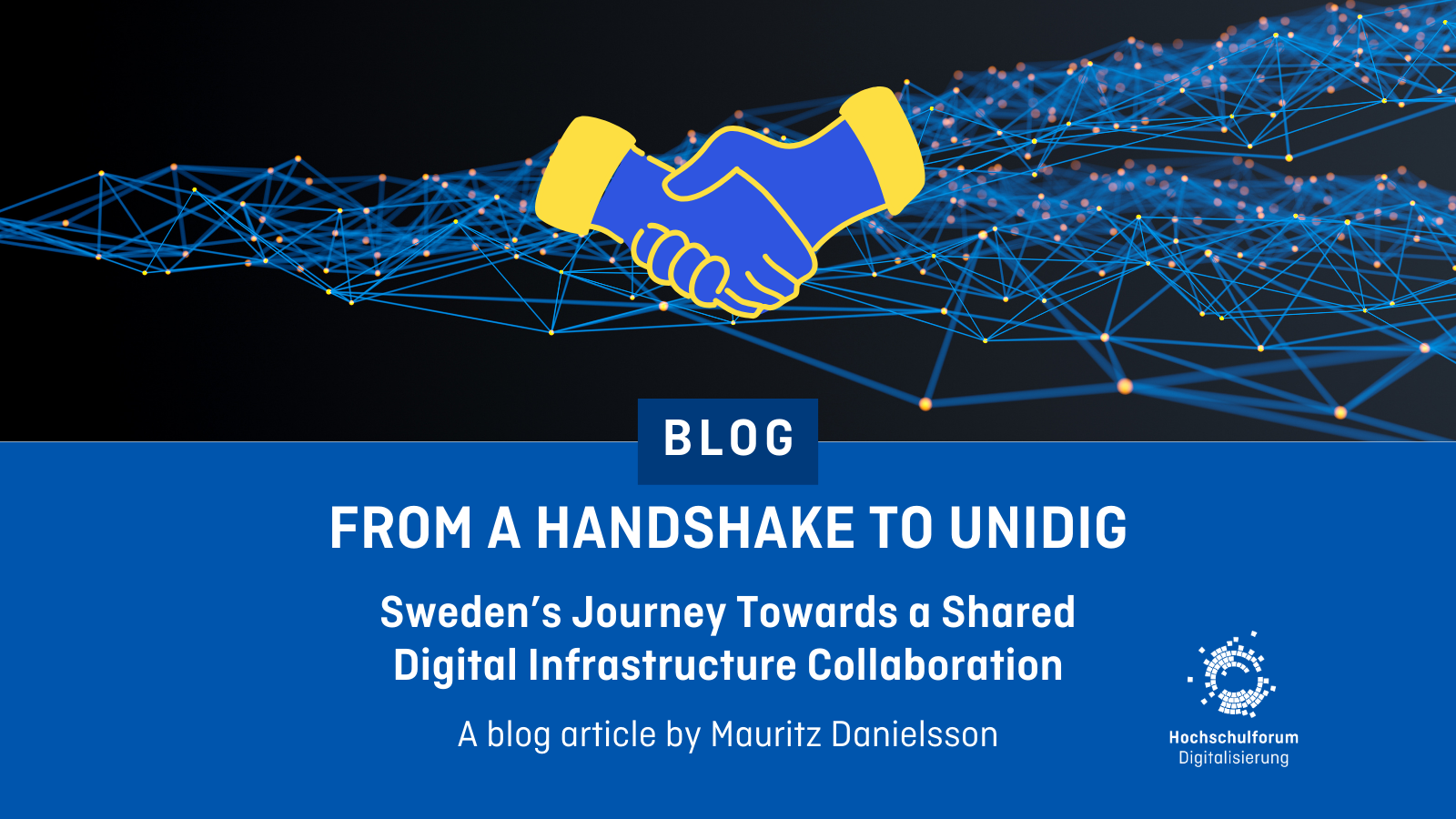
Sweden’s universities recently made a breakthrough by joining forces with UniDig, creating a powerful alliance that sets a new standard for higher education collaboration. Sweden’s model is a reminder that and shows how Germany’s universities and the Hochschulforum Digitalisierung community can also make the most of national challenges by working together, taking action, and using digital services together.
Swedish universities have regarding digital infrastructure been working in parallel, sometimes duplicating efforts, and missing the opportunity to speak with a stronger collective voice.
The Association of Swedish Higher Education Institutions (SUHF) recognised this gap. In a sector report, SUHF highlighted that digitalisation was advancing rapidly but that Sweden’s higher education e-infrastructure was fragmented and therefore not fully exploiting digital opportunities.
In response, SUHF created a working group on digital infrastructure. The group’s task was simple but ambitious: to explore how universities could collaborate more effectively on digital transformation. Their analysis concluded that dialogue alone would not be enough — a stronger, shared commitment was needed.
The Handshake: A Symbolic but Powerful Step
That commitment came in June 2025, when 38 universities signed what has become known as the Handshake (published in Swedish here).
The Handshake was a declaration of intent — not a binding legal contract, but a symbolic act with real strategic weight. It committed the institutions to six shared goals:
- Ensuring control over their own digital infrastructure.
- Securing quality in both education and research.
- Providing access to a shared set of core services.
- Jointly identifying and procuring what was needed.
- Representing the sector with one voice in national and international forums.
- Using resources more efficiently while securing digital skills.
Equally important, the Handshake set out principles of collaboration: trust, flexibility and long-term commitment.
Looking back, I would say the Handshake was decisive. It transformed an analysis into a mandate. It gave us the momentum we needed to take the leap from discussion to action.
Towards the Launch of UniDig
The next step is to build a structure that can turn that intent into reality. On 22 October 2025, we will officially launch UniDig — short for “universities’ digital infrastructure.”
UniDig will be a formal consortium, governed by a general assembly where all institutions are represented, a board that provides strategic leadership, and a secretariat that supports implementation.
In other words: the Handshake created trust, and UniDig will provide the tools to act.
Our Early Priorities
From its launch, UniDig will focus on areas where collaboration delivers immediate and visible benefits:
- Developing shared processes to identify and prioritize digital services.
- Coordinating the procurement of IT licenses, to reduce costs across the sector.
- Acting as a collective partner in dialogue with government agencies and private providers.
- Building a shared international voice, particularly in EU-level digital initiatives.
- Exploring joint solutions in areas like digital security and innovation, for example through an “innovation lab.”
These priorities are not just about efficiency. They are about ensuring that Sweden’s universities can shape their own digital future, rather than having it shaped for them.
Lessons from the Swedish Experience
Looking back at the journey so far, I think three lessons may resonate with colleagues in other national contexts:
- Start with analysis and a broad mandate. SUHF’s report and working group provided the foundation and legitimacy.
- Move from symbolic intent to structure. Without UniDig, the Handshake could have remained just words on paper.
- Deliver early results. By focusing on licensing and procurement, UniDig will be able to demonstrate concrete benefits from the very beginning.
Looking Ahead
UniDig is still in preparation, but it represents a new way of working together in Swedish higher education. What began as a SUHF report, then a working group, then took shape as a Handshake, will now become a fully operational consortium with a long-term mandate.
Our aim is not only to strengthen the digital infrastructure within Sweden but also to contribute to the global conversation about how universities can collectively meet the challenges of digital transformation.
For countries with fragmented higher education landscapes, I believe the Swedish experience offers a hopeful message: collaboration is possible — if you start with trust, commit to shared goals, and build structures that turn words into action.
Reflections
by Channa van der Brug (HFD)
For policymakers in Germany, the Swedish example highlights that a coordinated approach to digital infrastructure is not only an operational issue, but also a matter of national competitiveness in research and higher education. A jointly governed forum or platform can help to align sector-driven needs with long-term policy goals, creating efficiency gains and a stronger international position within the European Higher Education Area and ongoing EU digital initiatives.
For universities and sector networks, the lesson from Sweden is that trust-based collaboration strengthens institutional autonomy by securing authority over core digital infrastructures and offering collective bargaining power, rather than diminishing it. Building on the foundations already established by the Hochschulforum Digitalisierung, German universities can progress beyond dialogue and pilots to establish structured, binding frameworks that would ensure lasting digital capacity and influence at national and international levels.
Author

Mauritz Danielsson is CEO of the Ladok Consortium, developing Sweden’s national student information system. He has long experience in building collaborative digital infrastructures for higher education, and he is currently part of a working group that will establish UniDig, a new consortium for universities’ digital infrastructure. He has studied both Computer Science and English at Luleå University of Technology and have also held different posistions there from being a lecturer till Head of Student Affairs.
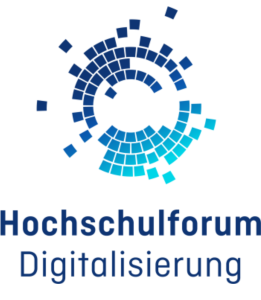
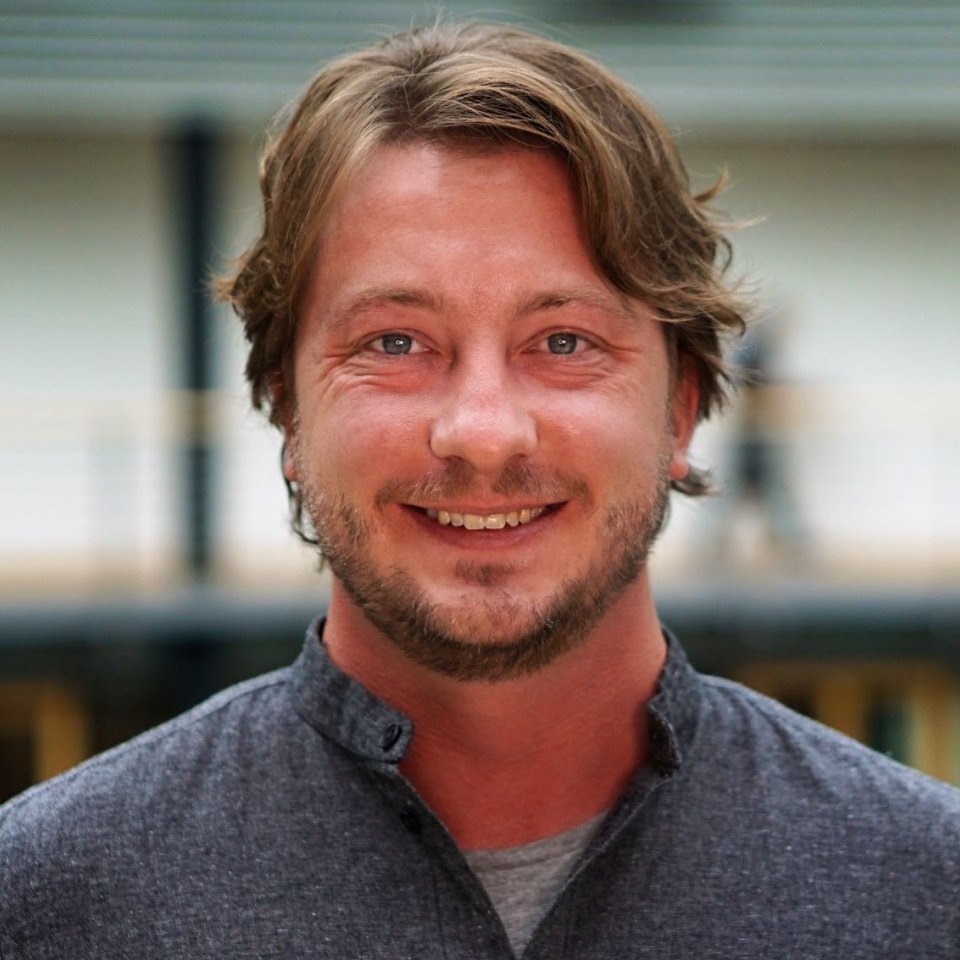 Michael Siegel
Michael Siegel 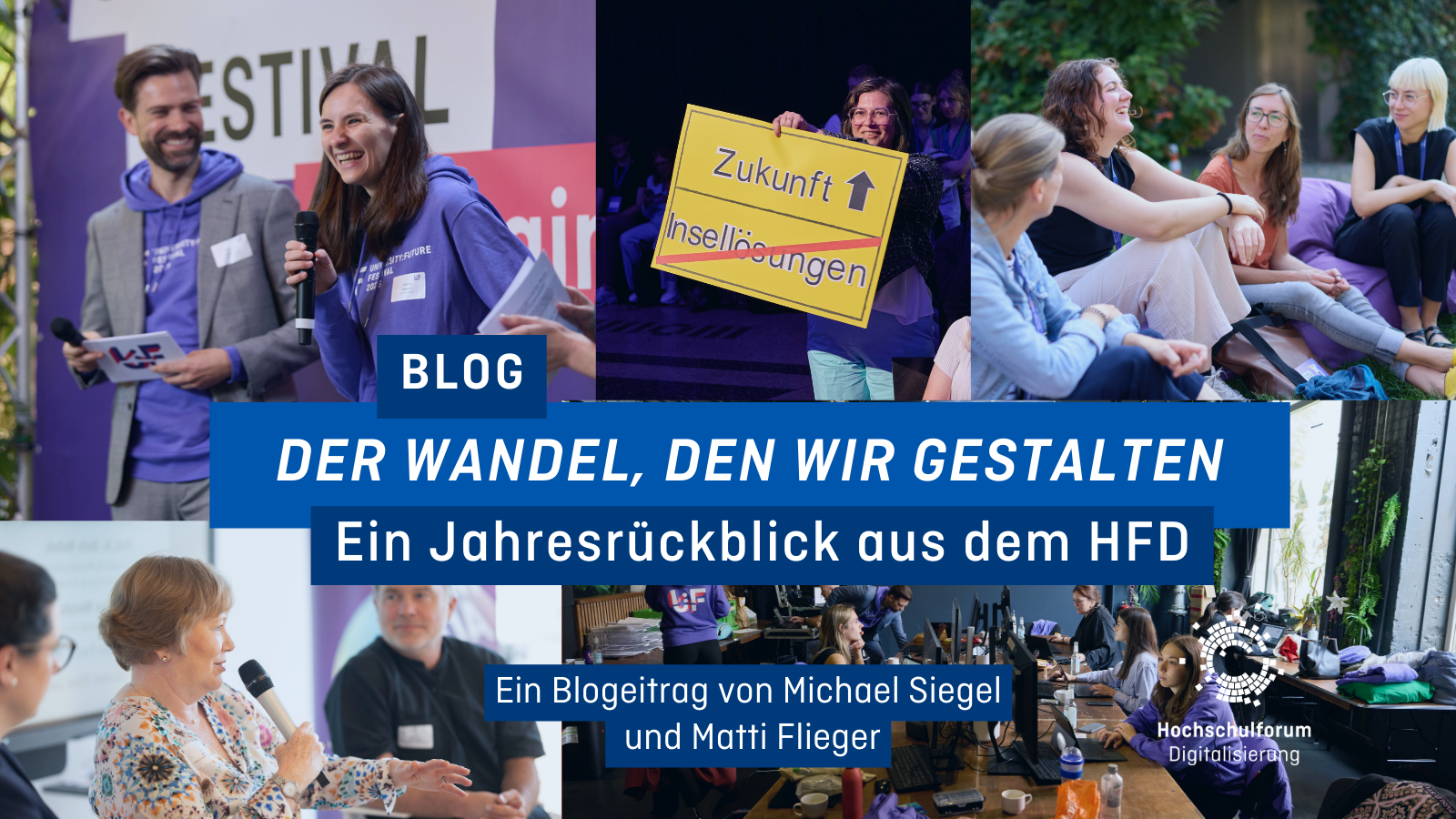
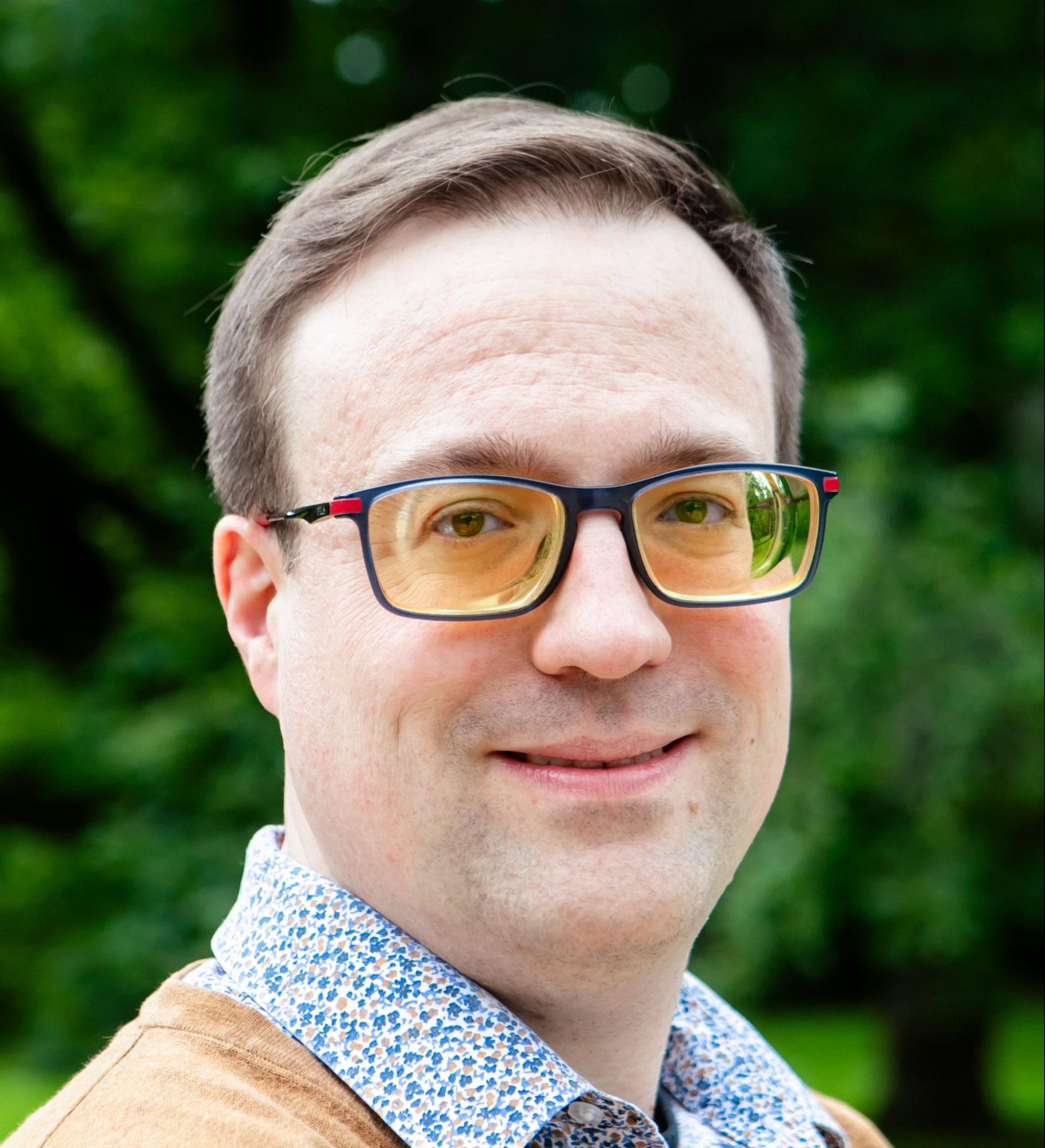 Andreas Giesbert
Andreas Giesbert 
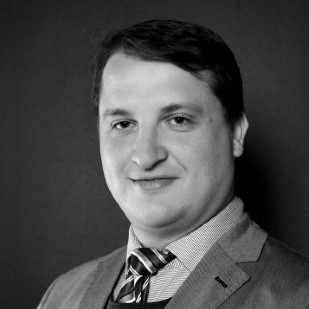 Uwe Reckzeh-Stein
Uwe Reckzeh-Stein 